Las Pilitas and El Púlpito, Los Muertos Beach – Las Amapas Beach, Puerto Vallarta
Introduction
“El Púlpito” and “Las Pilitas” are natural rock formations in the southern part of Los Muertos beach. Some locals mistakenly pronounce it “pulpito” (small octopus). This landmark is not only a great little trip, but it also has some interesting history.
El Púlpito and Las Pilitas (Pulpit and the Small baptismal fonts) are two separate rock formations found, one of them, Las Pilitas, on the southern end of the Romantic zone’s Los Muertos Beach, and the other, El Pulpito, is a rock outcropping that is actually the southern limit of Playa Los Muertos.
El Púlpito
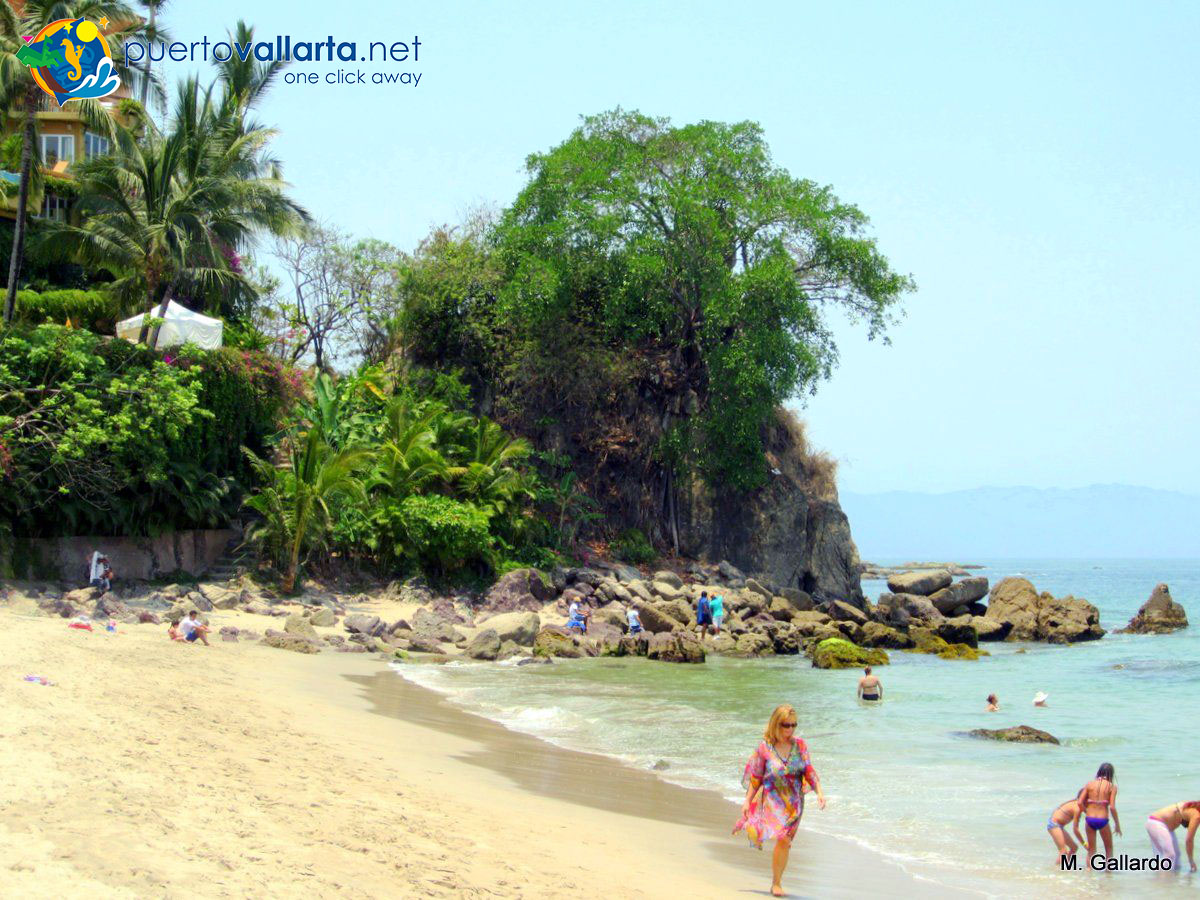
El Púlpito is a small 60-foot tall headland, mostly rock, now covered with a lot of local vegetation and trees so you can’t see much of the rock itself that gave it its name.
The path up and over Púlpito starts off as some sandy concrete stairs at the end of the Los Muertos beach that turn into a sandy dirt path up to the top, off to the right and up, a few crumbling cement steps “help” you get to the summit.
Read the full El Púlpito article on how to get there, history, maps, video and more.
Las Pilitas
Las Pilitas (some call it Las Pilitas Beach, but it’s actually part of Los Muertos Beach) was the place where the original “The Boy on the Seahorse” (“El Niño Sobre el Caballo de Mar” – mostly known as “El Caballito de Mar”, The Little Seahorse) by Rafael Zamarripa was first located.
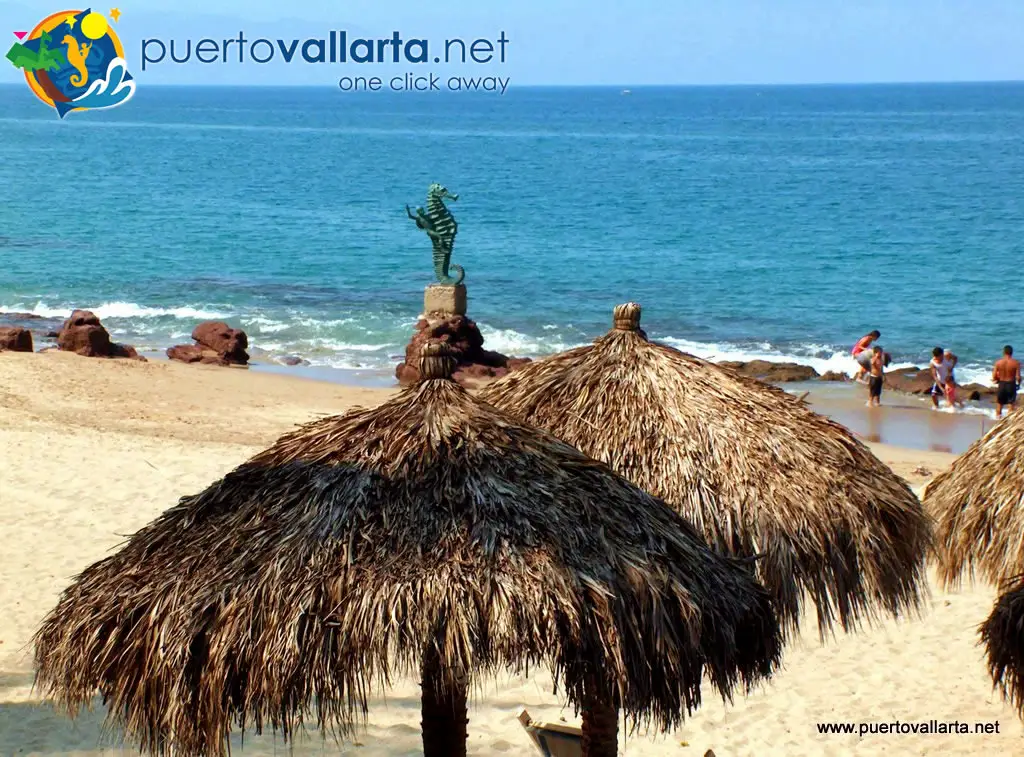
Las Pilitas and the Boy on the Seahorse statue (Los Muertos Beach, Romantic Zone)
After a strong storm swept it away into the sea, a larger replica was requested from the artist and this one was placed on the Malecon. The original statue was later recovered and once again placed at Las Pilitas.
Full article on Las Pilitas (video, how to get there, and more)
Original Seahorse Statue at Las Pilitas
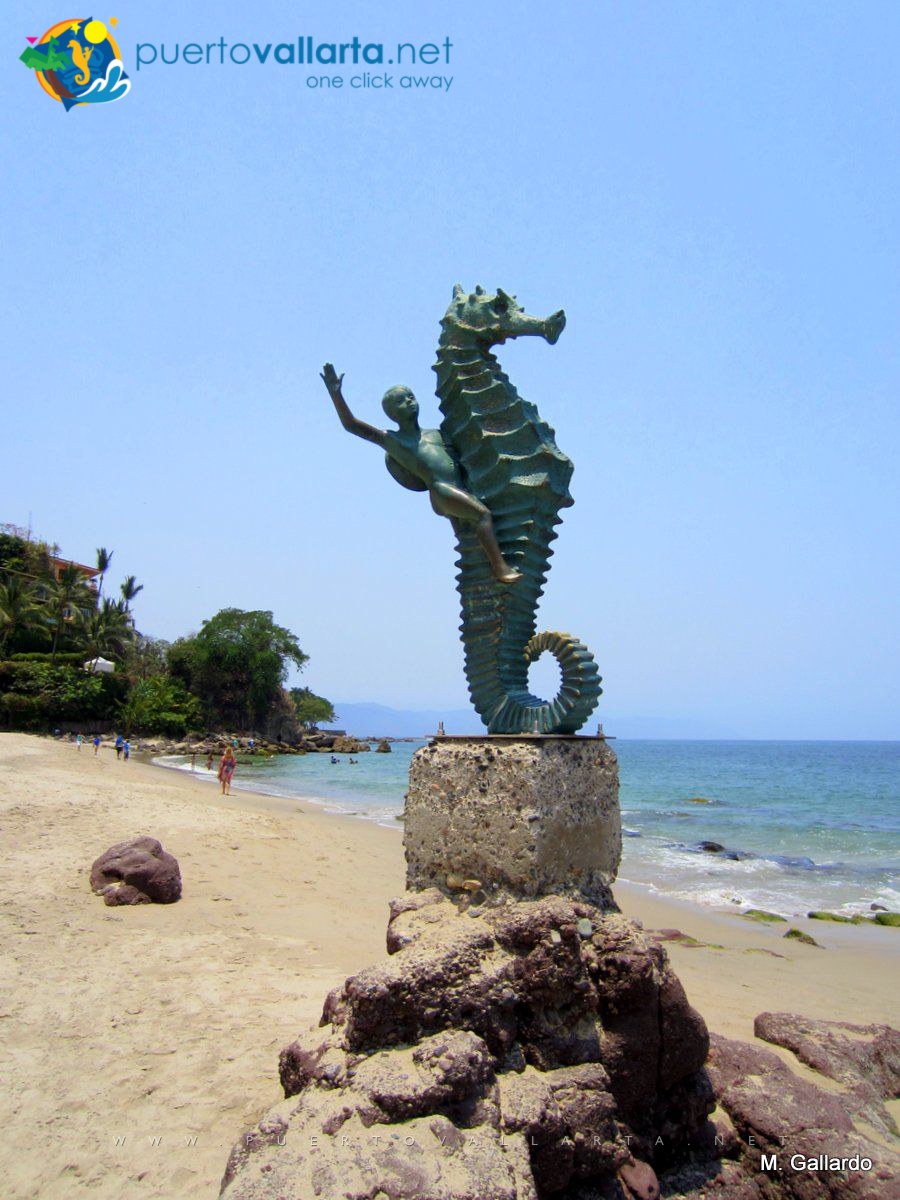
The original Seahorse statue at Las Pilitas
Two side streets from Olas Altas Street are also named after these natural landmarks. To get to them you can walk South along the Malecon and then follow Los Muertos Beach past the pier, past Blue Chairs Resort, first you’ll get to Las Pilitas and then at the end of the beach you’ll find the path up El Púlpito (and Las Amapas if you continue South, as mentioned above).
Las Amapas Beach
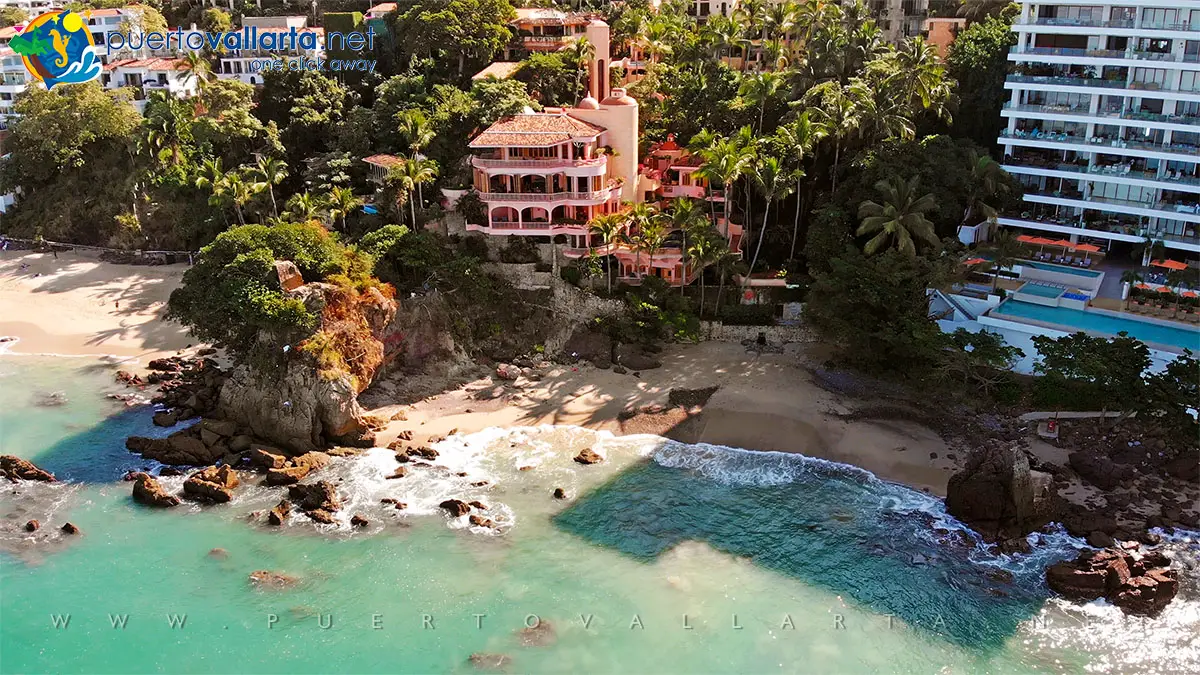
Las Amapas Beach, Puerto Vallarta
If you walk to the southern end of Los Muertos Beach you’ll get to “The Pulpit” (El Púlpito), a rocky outcropping, a small peninsula-like formation. There is a rustic staircase going up that leads you to the pulpit rock and also continues down the other side of the hill and it takes you to a small beach along the rocky outline beyond Los Muertos, it is called Las Amapas Beach (Playa Las Amapas).
Last Updated on 12/05/2022 by Puerto Vallarta Net



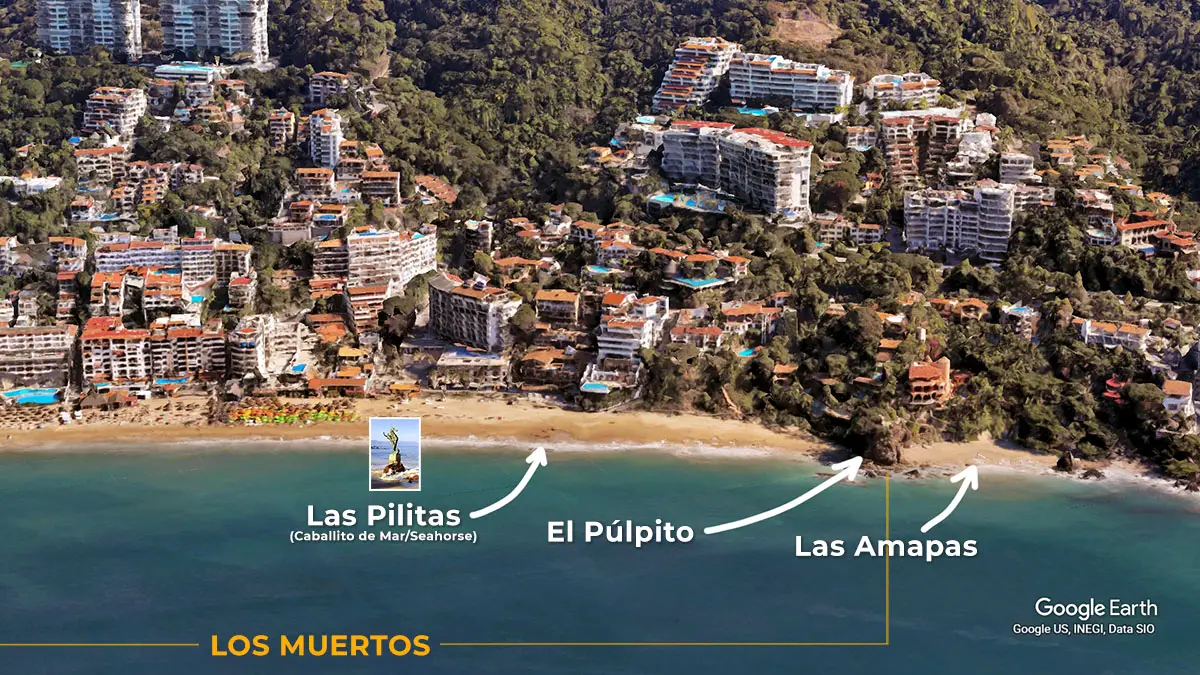

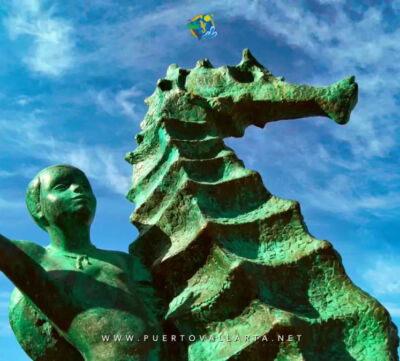


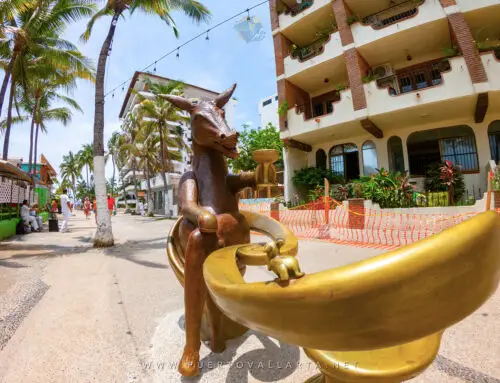
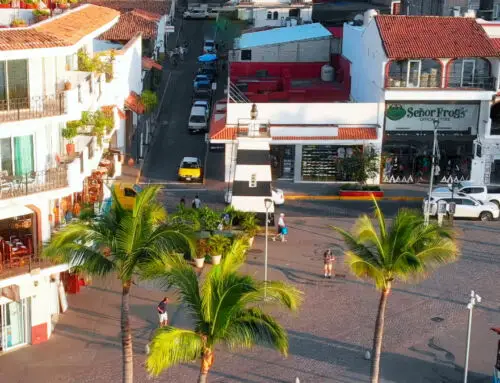
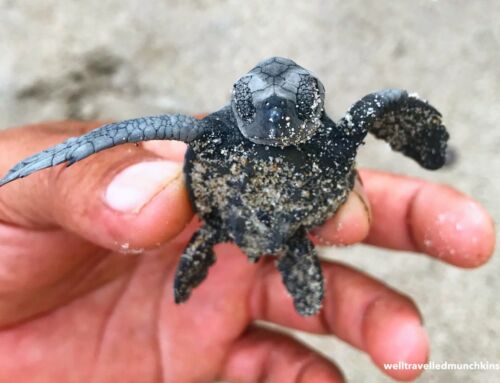
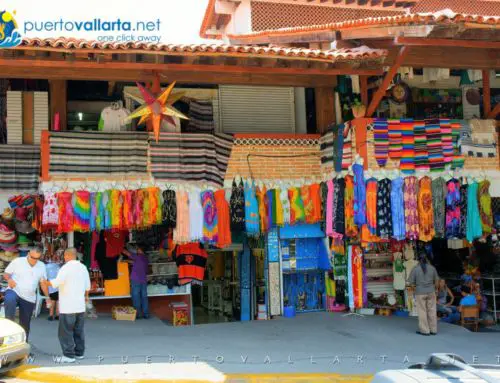
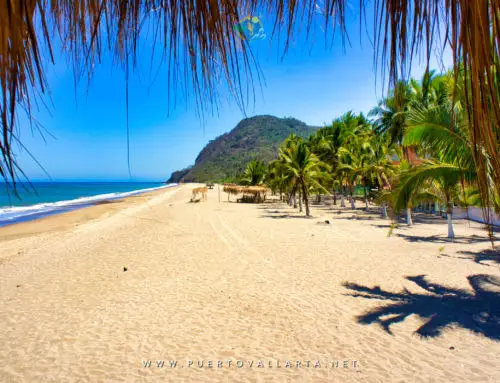
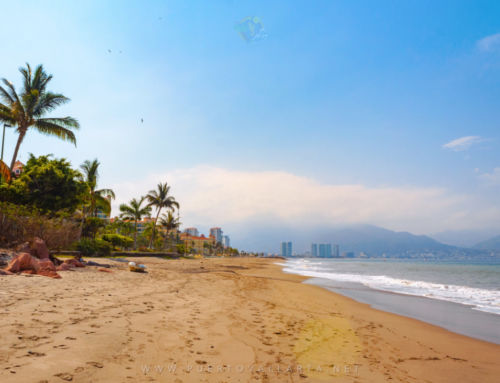
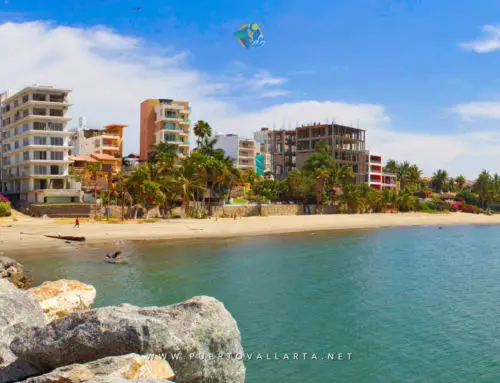
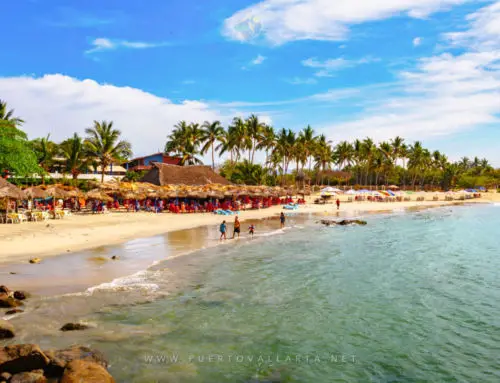
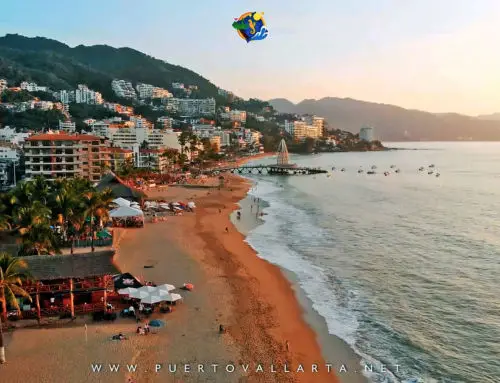
Leave A Comment